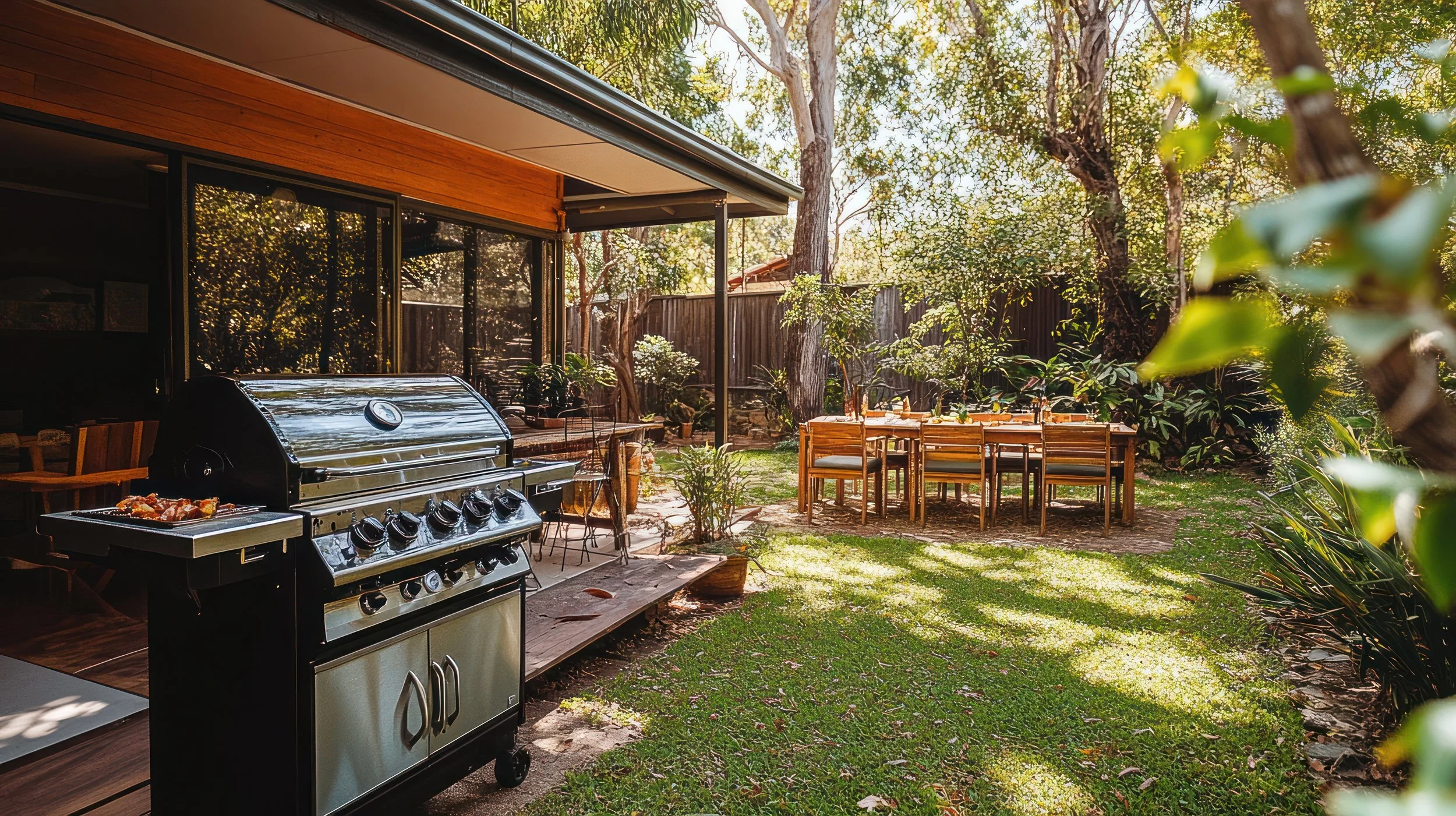High Density vs. Home with a backyard
A grass retreat to is a lot nicer than a balcony that fits two chairs and a pot plant.
Smaller homes with yards can deliver affordability and stability - if policy makers are bold enough to back them.
Australia’s housing debate often feels like a tug-of-war between two extremes:
Pack more people into high-rise apartments to save on land and infrastructure, or
Keep stretching suburbia outwards, chewing up farmland and adding to commute times.
But here’s the thing, the conversation shouldn’t be just about space - it should be about how we live in it.
The case for high density
Let’s be fair, high density has its perks:
Makes the most of land in central, well-serviced locations.
Can reduce car dependence (if you can actually walk to the train station and the coffee shop).
Uses infrastructure efficiently, from water pipes to public transport routes.
It’s also cheaper for governments to service. Fewer roads, less sprawl, fewer kilometres of pipes and wires. No wonder policymakers love it.
The case for a backyard
But for many Australians, especially families, a home with a bit of outdoor space is still the dream. And it’s not just sentimentality talking.
Studies consistently show that private outdoor space supports:
Mental health: Time outside reduces stress and boosts mood.
Child development: Safe, personal space to play supports physical activity and creativity.
Community connection: Backyards invite casual neighbour chats over the fence (yes, those still happen).
There’s also the simple reality: in hot Australian summers, having a patch of grass to retreat to is a lot nicer than a balcony that fits two chairs and a pot plant.
Why this matters for affordability
Governments often prefer high density because it’s cheaper to build up than to spread out. But here’s the problem: high density living doesn’t suit everyone - and for lower-income households, the trade-offs can be big.
A poorly designed high-density development can mean:
Less natural light and ventilation.
Noisy neighbours through paper-thin walls.
Limited space for growing families or even working from home.
If affordability means squeezing people into spaces that chip away at their wellbeing, we’re not solving the problem — we’re just creating new ones.
The middle ground (Yes, it exists)
We don’t have to choose between tower blocks and quarter-acre blocks.
Small-lot housing, think 300 - 400m² can:
Fit in with existing suburban streets.
Use less land and be more efficient than traditional suburbs.
Still offer private outdoor space and natural light.
And when designed well, these homes can be close to public transport, shops, and schools — ticking the liveability box without blowing out costs.
The bottom line
A home isn’t just about square metres - it’s about the kind of life it enables.
If we keep building housing that meets cost and density targets but ignores how people actually want to live, we risk creating developments that look good on paper but fail in practice.
We can build smarter, smaller homes with a yard - without sprawling endlessly or stacking people into towers. It’s time policy caught up with what people actually value.
